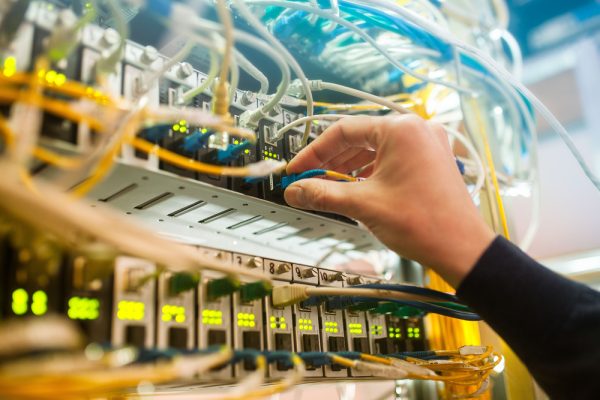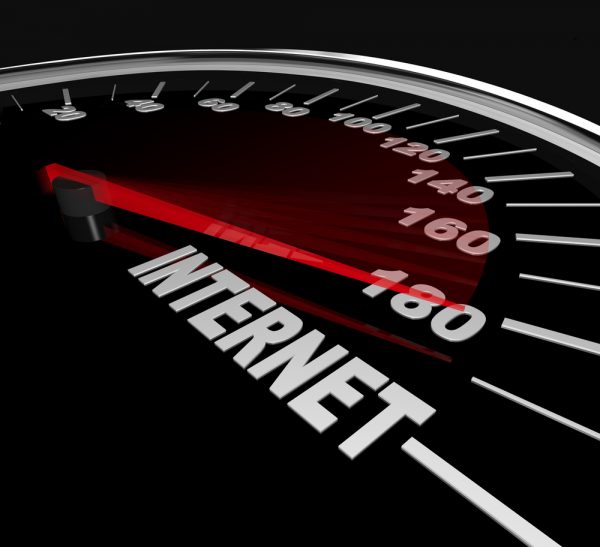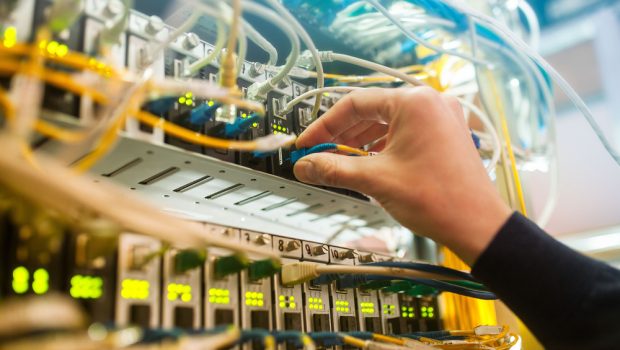What To Look For In An Internet Service Ovid NY Provider
In this internet reliant world, one of the worst possible annoyances is having an intermittent internet connection. Imagine this scenario: you are having a remote meeting via Skype with a potential client when a pop up came out suddenly, “ Connection Lost.”
This event is something that must not happen when doing an online business. Your time? Wasted. Your money? Wasted. You could also lose some clients or business partners with your unstable connection.
If you want to avoid this, here are some points to consider when choosing a reliable internet service provider or ISP:
Location
The location of your home or business is the most crucial factor to consider in choosing an internet service provider. Internet access may vary in terms of reliability and availability based on your site.
There are instances where internet services are not working well and not available. Urban and rural areas, for example, will have different options. For rural areas, you can choose a local internet service provider rather than a national ISP.
If you happen to be living in Ovid, New York, be sure to check out ottctel.com if you are looking for a reliable internet service provider.
Types of Internet Connectivity
There are different ways of gaining access to internet services. They will differ in speed, material, or medium used to transmit the signals. However, these services vary in certain locations.

Below are the classification of internet connections:
- Cable Internet – this cable connection uses copper wires to transmit an electrical signal in which your modem converts into data. The speed ranges from 100 Mbps (Megabits per second) and above. It is one of the most popular internet connections (before fiber). The only thing that concerns cable internet connection is the bandwidth sharing per area. You may experience slow internet speeds when your fellow consumers in the area use it at the same time as you do or during peak hours.
- Digital Subscriber Line or commonly known as DSL – this type uses telephone lines to transmit data without interrupting the telephone services. It has speeds ranging from 256 kbps (kilobits per second) to 100 Mbps and is one of the cheapest in terms of cost. However, you could experience varying speeds based on your location from the internet service provider since it’s distance-based.
- Satellite Connection – usually, when you are in a rural area, internet service providers would not build wired connections up to your place because it will be costly. Hence, a satellite connection would be your best option (or probably your only option) if that’s the case. But you need to endure its slow speed, which peaks at 20 Mbps. The mode of transmission used is EM waves(electromagnetic waves) or commonly known as radio waves, which travels through air or vacuum.
- Fiber Optic Connection – This type of internet connection is probably the fastest connection you can have. The speeds range from 500 Mbps and higher since light serves as the medium, which travels through the fiber optic. So, this type of connection takes the first spot when it comes to uploading and downloading files. If a fiber-optic connection is available in your area and fits your budget, you must absolutely consider it.
Internet Speed and Reliability

The internet speed rate is expressed in terms of bps (bits per second), and reliability is the uptime of the internet service provider. A reliable internet service provider will always make a way to help you get a good internet experience with their service by ensuring the internet access is always up and running. The internet service must be running 24/7 at consistent speed as possible.
Internet speed and reliability must come together, especially when you are doing business since this can affect your productivity. Also, consider the number of expected users when choosing an internet plan as this will determine the traffic and bandwidth you will need for your activities.
Total Cost
The cost will depend on the nature of use. Typically, an internet service provider will charge you around 40 – 200 USD for a month of internet service usage. An internet connection from a single home family and a large company will be entirely different stories. For the record, a large company will definitely consume more bandwidth and traffic than household consumers.
So, if you are running a business, you should consider investing in a high-speed internet connection. It provides a better, faster, and smoother experience for your employees and all your business transactions. If anything else, you have to make sure that you are getting quality internet services for the amount you paid.
MTBF of the Equipment
Typically, an internet service provider will lease you the pieces of equipment for your internet connection. These equipment are routers, antenna, cables, wi-fi modem, and other devices used for your internet connectivity. The quality and flexibility of such equipment are essential to maximizing your usage and experiencing good quality services.
Also, make sure to research the different types of equipment and their Mean Time Before Failure (MTBF) statistics. Knowing the MBTF will let you contact your internet service provider for replacement or maintenance if necessary. Usually, internet devices have an average MTBF of five to 10 years while some devices can run up to 20 to 30 years but often comes with higher prices.
Customer Support
Internet service providers may experience technical difficulties from time to time, and even the best ones are prone to these downtimes. Sometimes, problems occur due to human error or mistakes, which may be on the technical side and the equipment side.
A good example is a poorly configured modem or faulty connection cables. This is the time when you will need excellent customer service from your internet service provider. They must be responsive and willing to help you if a problem arises.
The table below is a brief summary of the points to consider when choosing an internet service provider:
| Cable or Wired Connection | DSL or Digital Subscriber Line | Satellite Connection | Fiber Optic Connection | |
| Internet Speed | 100 Mbps or above | 256 kbps to 100 Mbps | Up to 20 Mbps | 500 Mbps or above |
| Preferred Location | Urban / Rural | Urban / Rural | Rural | Urban / Rural |
| Mode of Transmission | Copper wire | Telephone lines | Radio waves or EM waves | Fiber Optic and Light |
| Cost | 50 – 100 USD | 40 – 80 USD | 50 – 150 USD | 50 – 100 USD |
Conclusion
Choosing an internet service provider is an important decision related to your business or personal connectivity. Nowadays, it will be one of the driving factors in your business since everybody wants accessibility in almost everything.
Before signing a deal, you can also do a survey in the neighborhood for internet connectivity issues and experience. By doing this, it will help you assess the quality of service that the different internet service providers offer.
Hopefully, this will help you understand the key factors regarding an ISP and aid you in your decision making. If you need more assistance, you can also visit their site for more information.
















